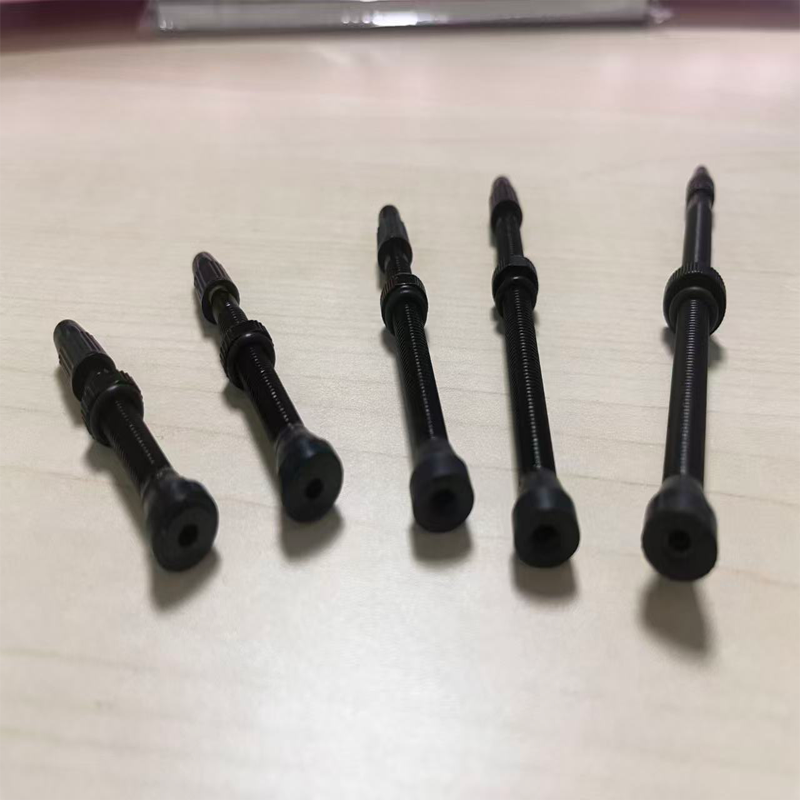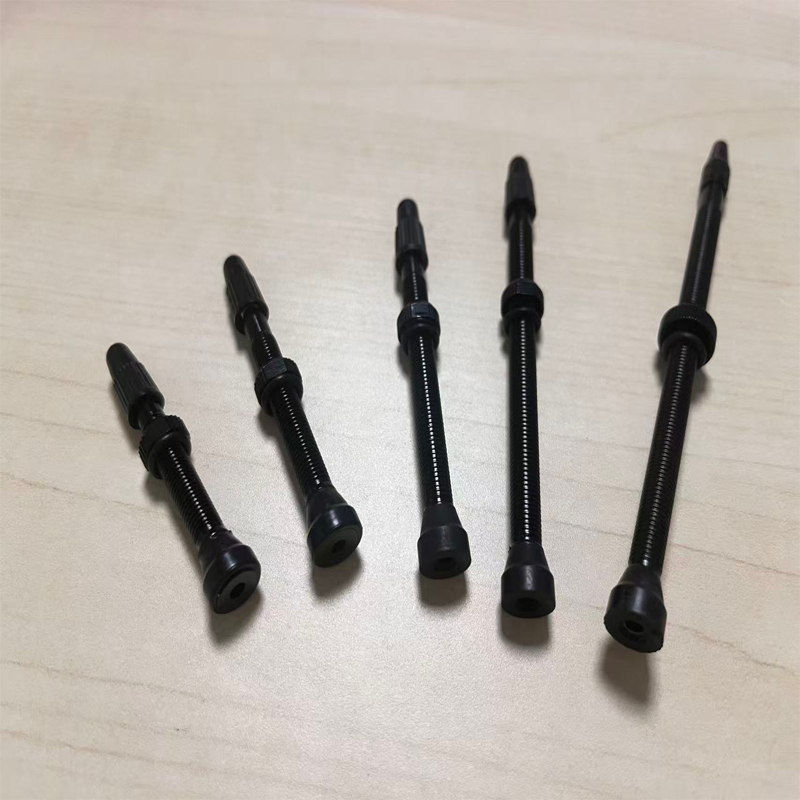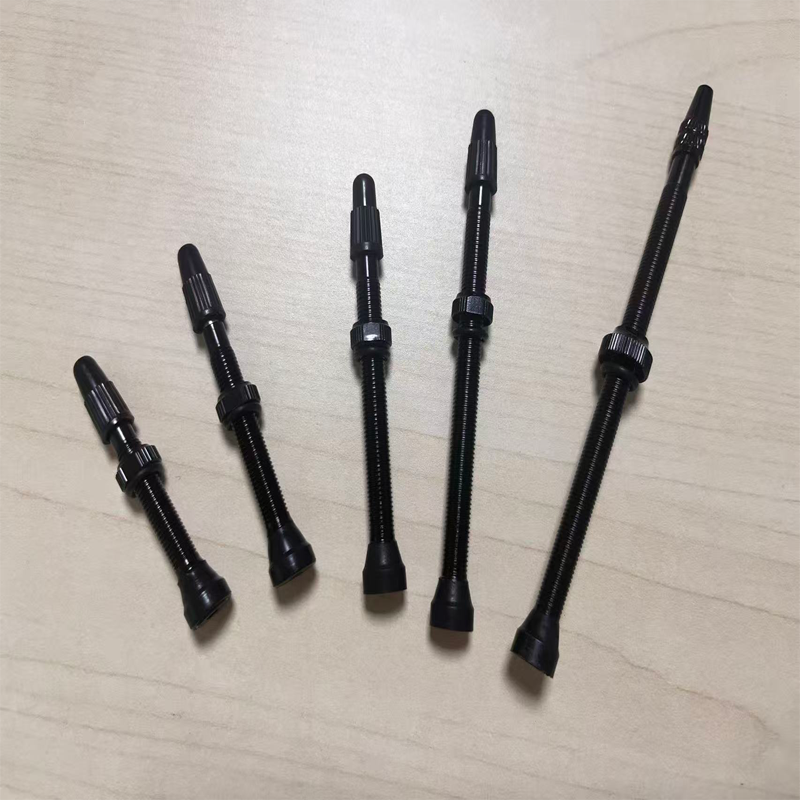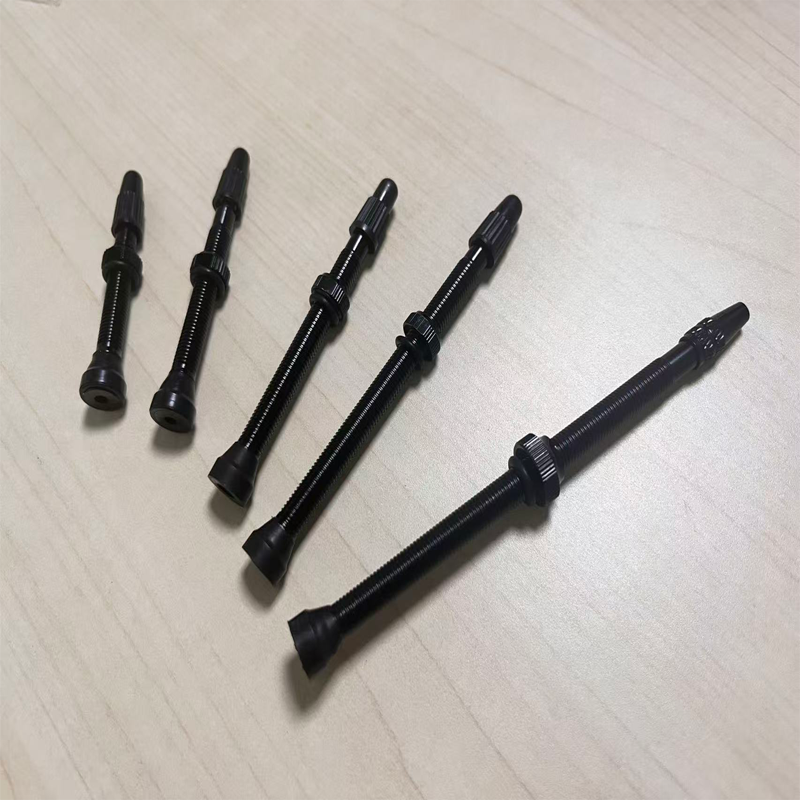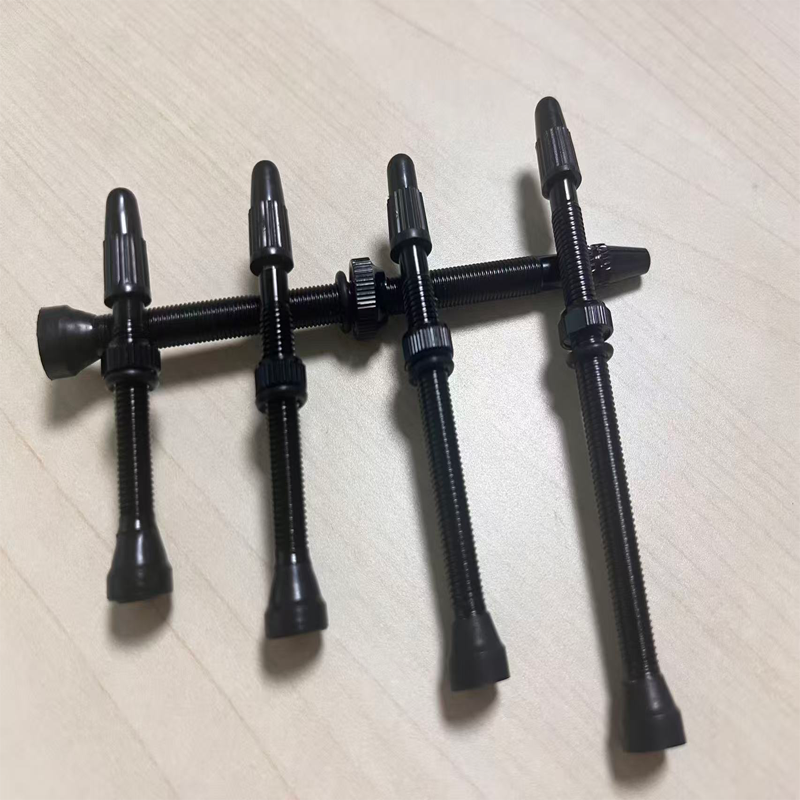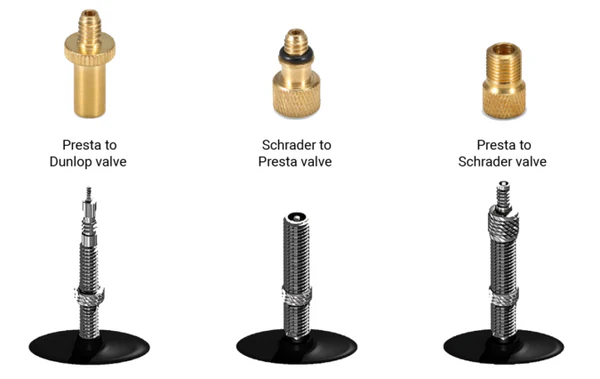
A Complete Analysis of Common Rim Air Valves
Presta Valve: Presta valves are distinguished by their slender appearance. They are typically thin, and the valve core is opened and closed by turning a top nut. This type of valve is highly favored on road bikes, particularly those striving for extreme lightness and high tire pressures. Their advantage lies in their ability to accommodate tall wheel profiles, allowing the valve to penetrate deeper into the rim, reducing drag. For example, on professional road racing bikes, Presta valves, paired with ultra-light, tall carbon wheels, help riders minimize energy loss at high speeds. Furthermore, its valve core design allows for more precise fine-tuning of air pressure, making it ideal for competitive cycling, where strict tire pressure requirements are crucial.
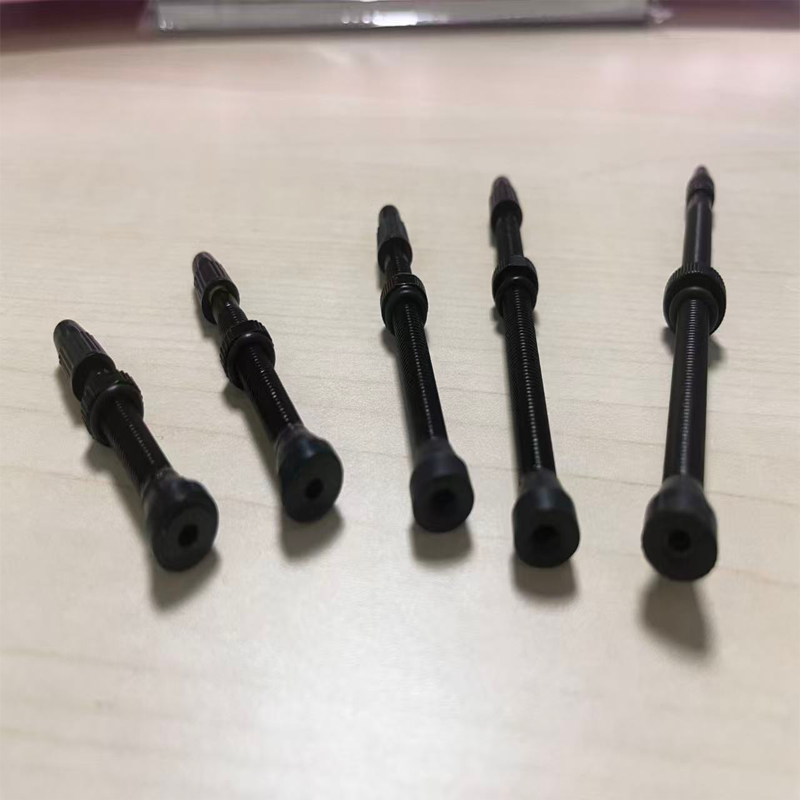
Schrader valve: The Schrader valve has a relatively thick tip and relies primarily on internal pressure to lock the valve. It's extremely common in everyday life, found on a variety of bicycle types, including mountain bikes, folding bikes, and city commuter bikes. Even many car tires use Schrader valves. Their high inflation flow rate makes pumping tires quick and easy, saving riders time. During mountain biking, where tire pressure adjustments are frequently required, Schrader valves can quickly complete inflation, ensuring riders are back on track quickly. However, it's important to note that Schrader valves can leak relatively quickly if underinflated
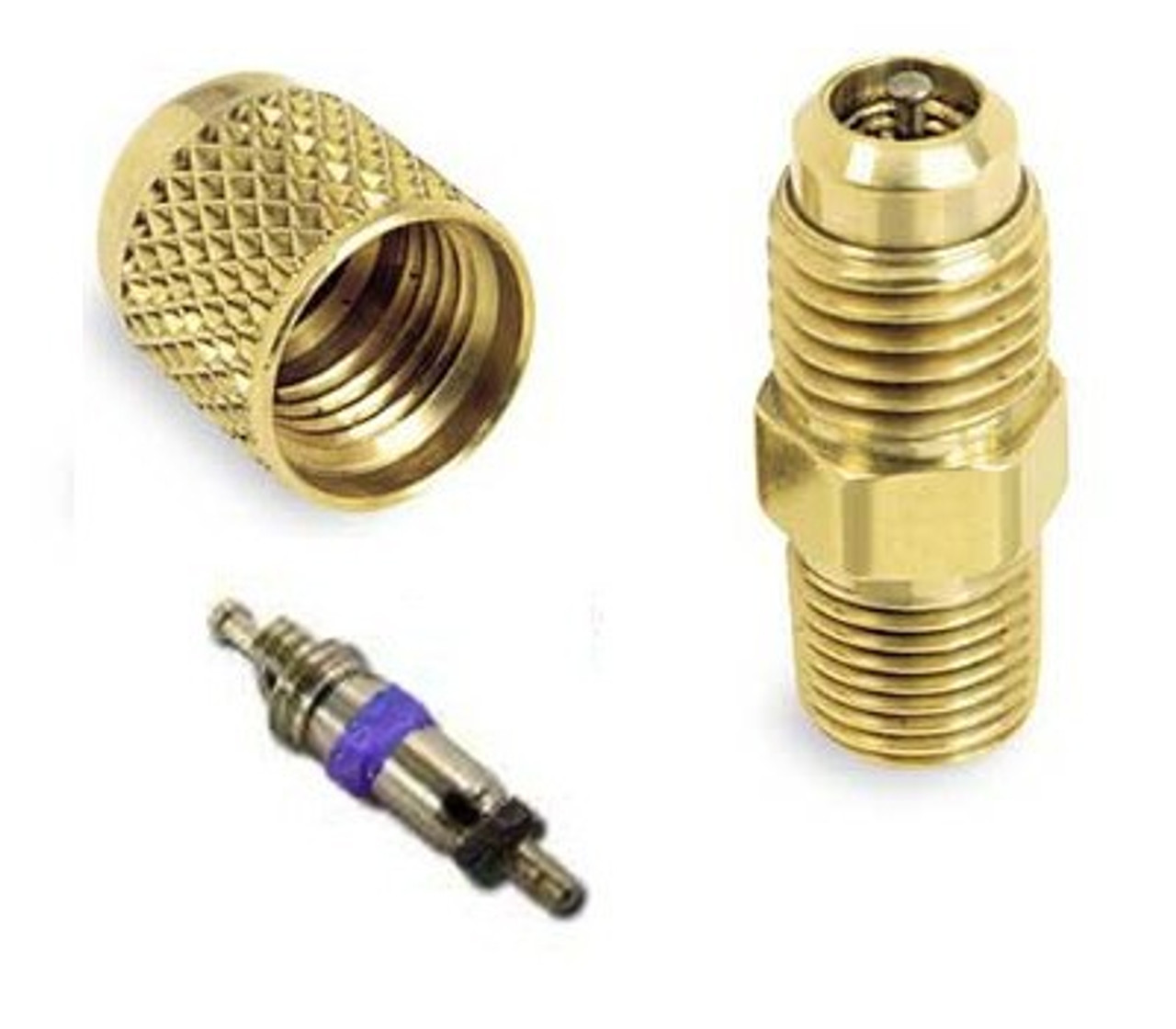
English-style valve (Dunlop/Woods Valve): English-style valves rely on a rubber sleeve to prevent leaks, and their airtightness is largely dependent on the quality of the sleeve. They have a larger valve base and are heavier, resulting in a relatively low inflation flow rate. English-style valves have a lower pressure rating, but their advantage lies in their ease of repair. Even if the sleeve fails, replacement costs are low, eliminating the need to easily scrap the inner tube due to a valve problem, and their price is also relatively low. English-style valves are common in cost-sensitive leisure riding situations where speed and tire pressure are not a priority, such as children's bicycles and some older bicycles
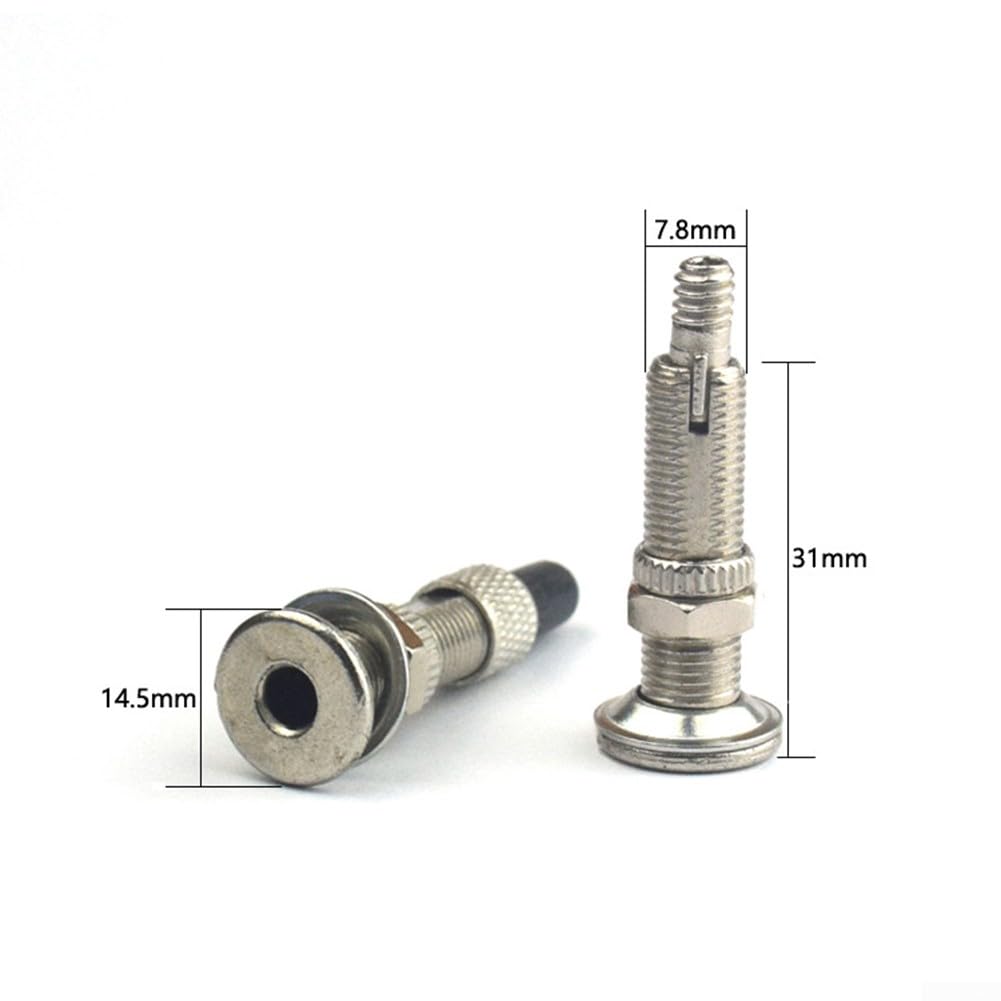
The Secret of Valve Materials
Rubber Valve: Rubber valves are relatively inexpensive and often come standard with original rims. However, rubber is susceptible to aging. Over time, exposure to wind, sun, and the centrifugal forces of riding can cause valves to crack, deform, and lose their elasticity, compromising airtightness. Therefore, they require regular inspection and replacement, generally recommended every one to two years.
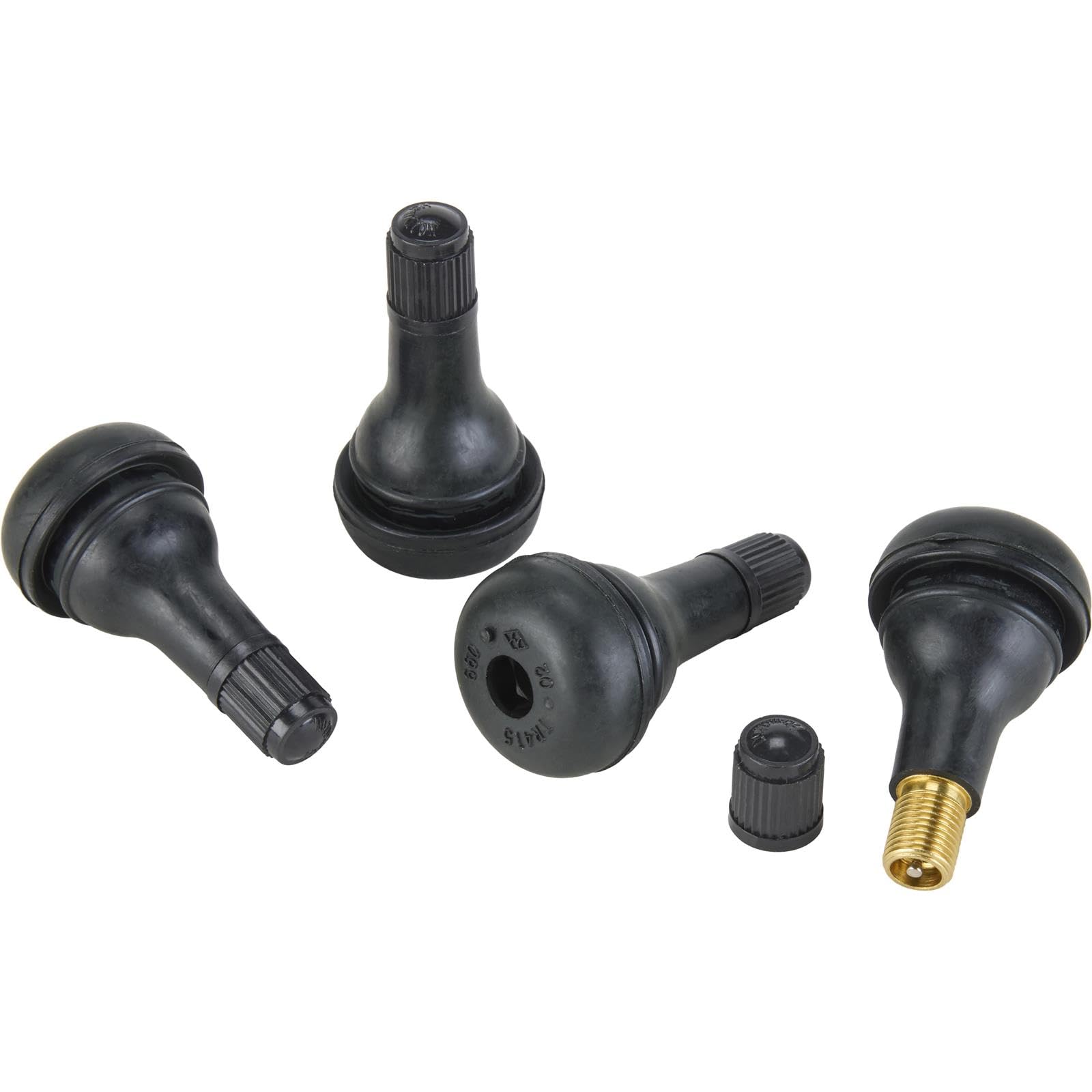
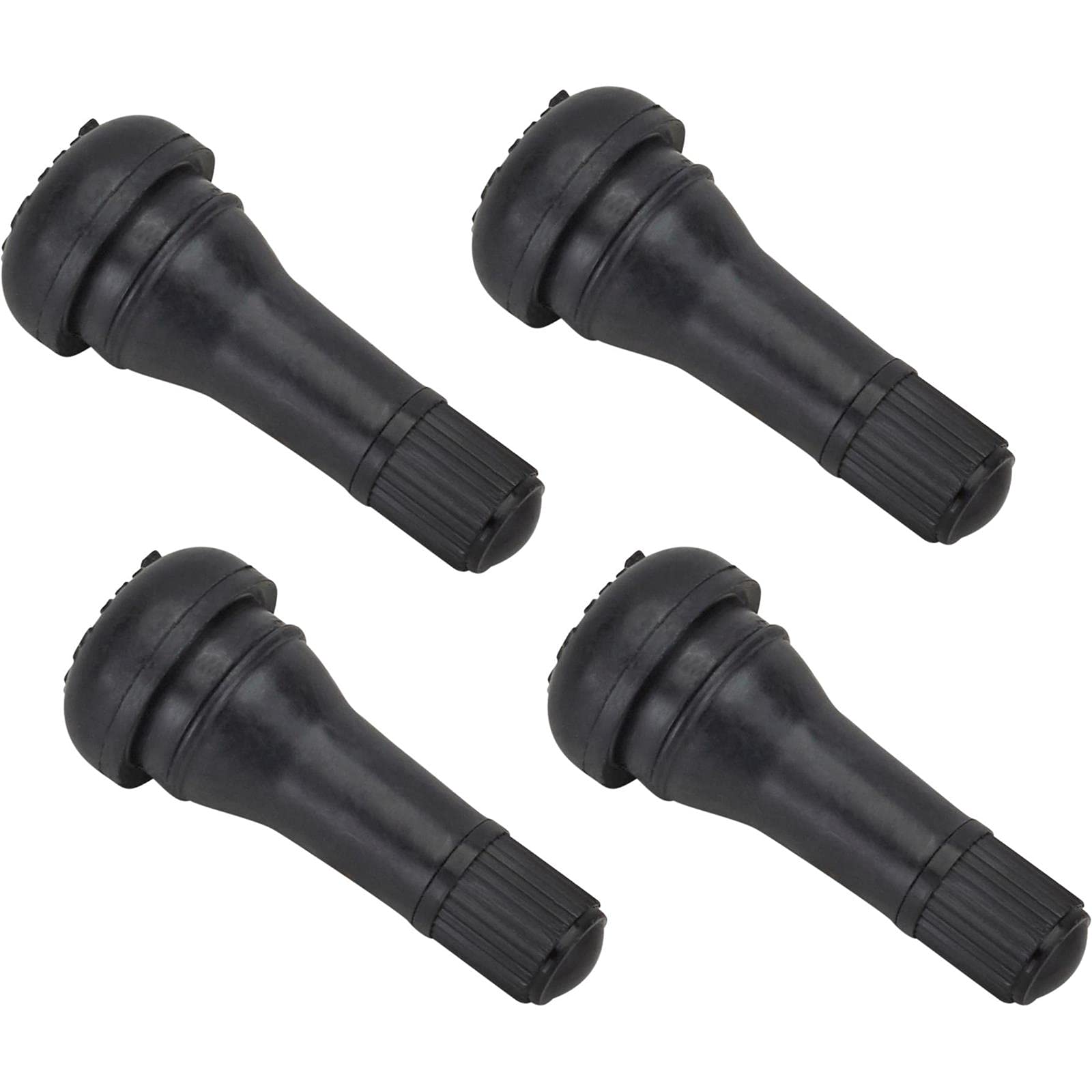
Metal valves (steel, aluminum alloy): To address the aging issues of rubber valves, metal valves have emerged. Steel valves have a lifespan two to three times longer than rubber valves because they are less susceptible to oxidation and offer improved airtightness. However, steel valves are heavier, and installation may require weights to balance the wheel, which increases the vehicle's unsprung mass. Aluminum alloy valves offer the durability of metal valves with improved airtightness. Furthermore, their lighter weight minimizes wheel dynamic balance. While more expensive than steel valves, they are more suitable for riders seeking a balanced performance.
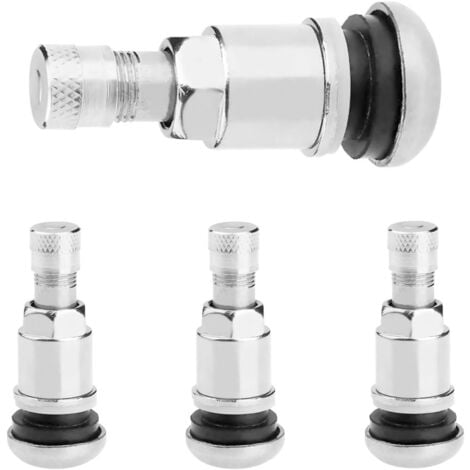
How to Choose the Right Rim Valve
Based on Bicycle Type: Road bikes strive for speed and lightness. Presta valves, with their slender design, precise air pressure adjustment, and compatibility with taller wheels, are an ideal choice. Mountain bikes and city commuters prioritize practicality and convenience. Schrader valves, with their large inflation flow, wide applicability, and relatively easy maintenance, are a better fit. For older bicycles or children's bikes used for leisure, English valves offer advantages due to their low cost and ease of maintenance.
Consider your riding habits and use: If you're a competitive cyclist who frequently competes and demands precise tire pressure, a Presta valve is undoubtedly your best choice. For daily commuting or occasional leisure rides, the convenience of Schrader valves is sufficient. If your cycling activities are primarily on country roads and in parks, where speed and tire pressure are less critical, English valves can also meet basic needs. Pay attention to the fit of the valve stem and rim: Different rims have different requirements for valve stem fit. For example, high-profile wheels often require the valve stem to penetrate deep into the rim, and Presta valves perfectly meet this requirement. For wider rims, pay attention to the appropriate length and diameter of the valve stem when selecting a valve stem to ensure proper operation after installation without affecting rim performance.
Choosing the right rim valve stem will ensure a smoother and safer ride. The next time you replace your rims or valve stem, consider the above information to select the best "breathing partner" for your bike.
